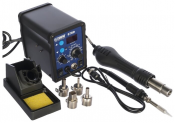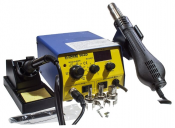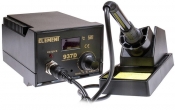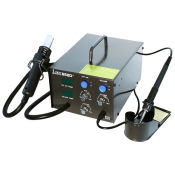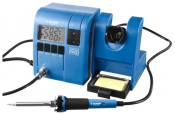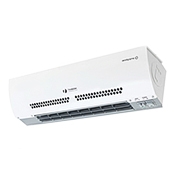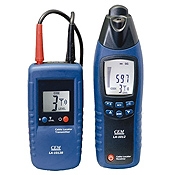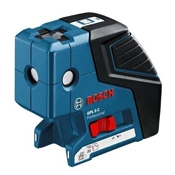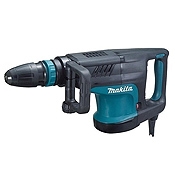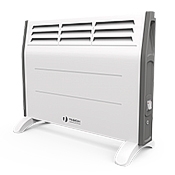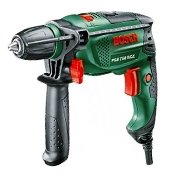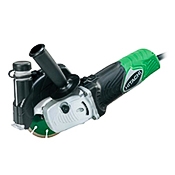Lukey 936D
Short review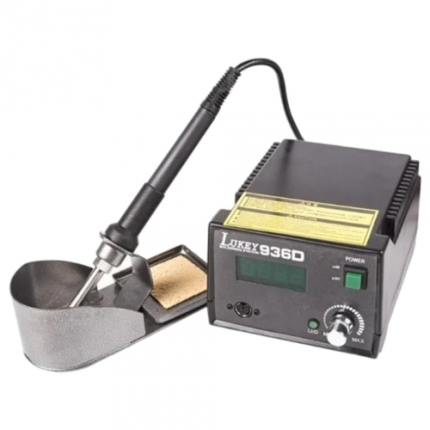
Buy Lukey 936D
Lukey 936D specifications
| The main | |
| Common parameters | |
| A type | electric soldering iron |
| Model | Lukey 936 |
| Main characteristics | |
| Power, W) | 50 watts |
| Maximum heating temperature | 480 ° C |
| Design | |
| Handle design | straight |
| Handle material | plastic |
| Rubberized handle insert | there is |
| Possibility of changing the tip | there is |
| The sting | |
| Sting shape | straight |
| Tip shape | cone |
| Features and capabilities | |
| Power adjustment | there is |
| Food | |
| Power type | 220 V network |
| Additionally | |
| Equipment | soldering iron stand, user manual, warranty card, sponge for cleaning the soldering iron tip |
Lukey 936D reviews
Price, ergonomics
Build quality is lame, no hair dryer
At one point, you realize that you are messing around with radio electronics too much, having only a piece of rosin and a forty-watt EPSN in stock. Of course, nothing prevents you from soldering the chip elements in the 0603 case with a 100-watt soldering iron (personally checked), but this involuntarily brings to mind quotes from the works of Leopold von Sacher-Masoch.
This is how the subject of our discussion appears on the table. A compact soldering iron with a Hakko ceramic heating element and a digital temperature display, of course, is excellent, but ... The Internet is already full of topics about its completion. The disgusting heat transfer from the element to the tip (there is only one in the kit, and not the most convenient shape) forces the temperature to rise to 380-400 degrees, even when soldering with a small amount of solder.
The rubber band through which the cord enters the handle of the soldering iron regularly falls out of it, and, it seems, on all soldering irons of this company.
